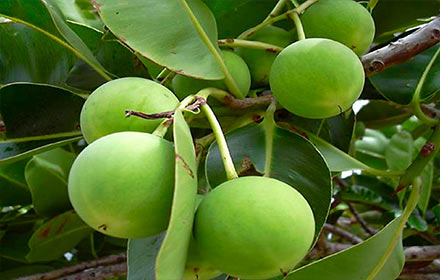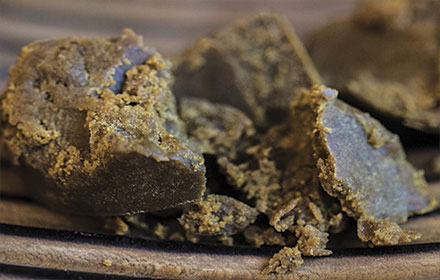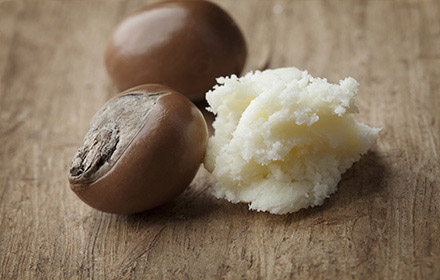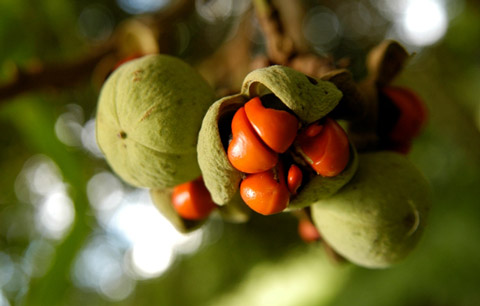Tamanu (Calophyllum inophylum)
https://en.wikipedia.org/wiki/Calophyllum_inophyllum Tamanu,also known as Foraha, this oil is indigenous to tropical Southeast Asia and also found in Madagascar. Thorough researched has shown the oil has a great ability to heal damaged skin, small wounds, cracks, blisters and has antimicrobial and anti-neuralgic and possibly cancer protective properties. Également connu sous le nom de Foraha, cette huile [...]




